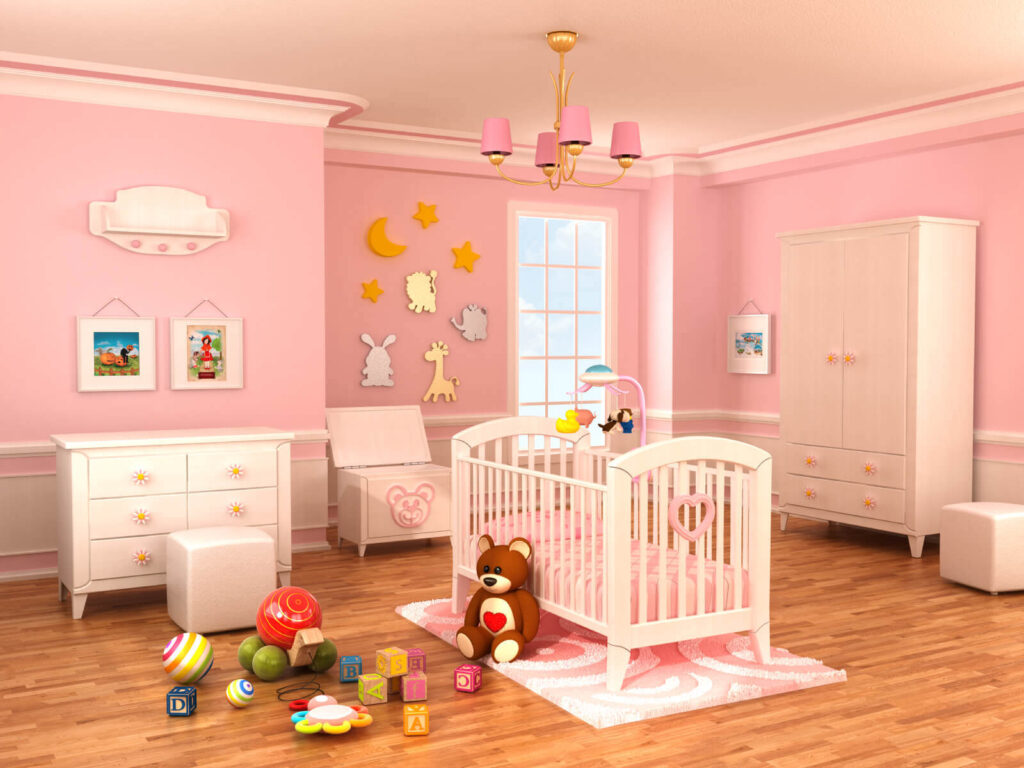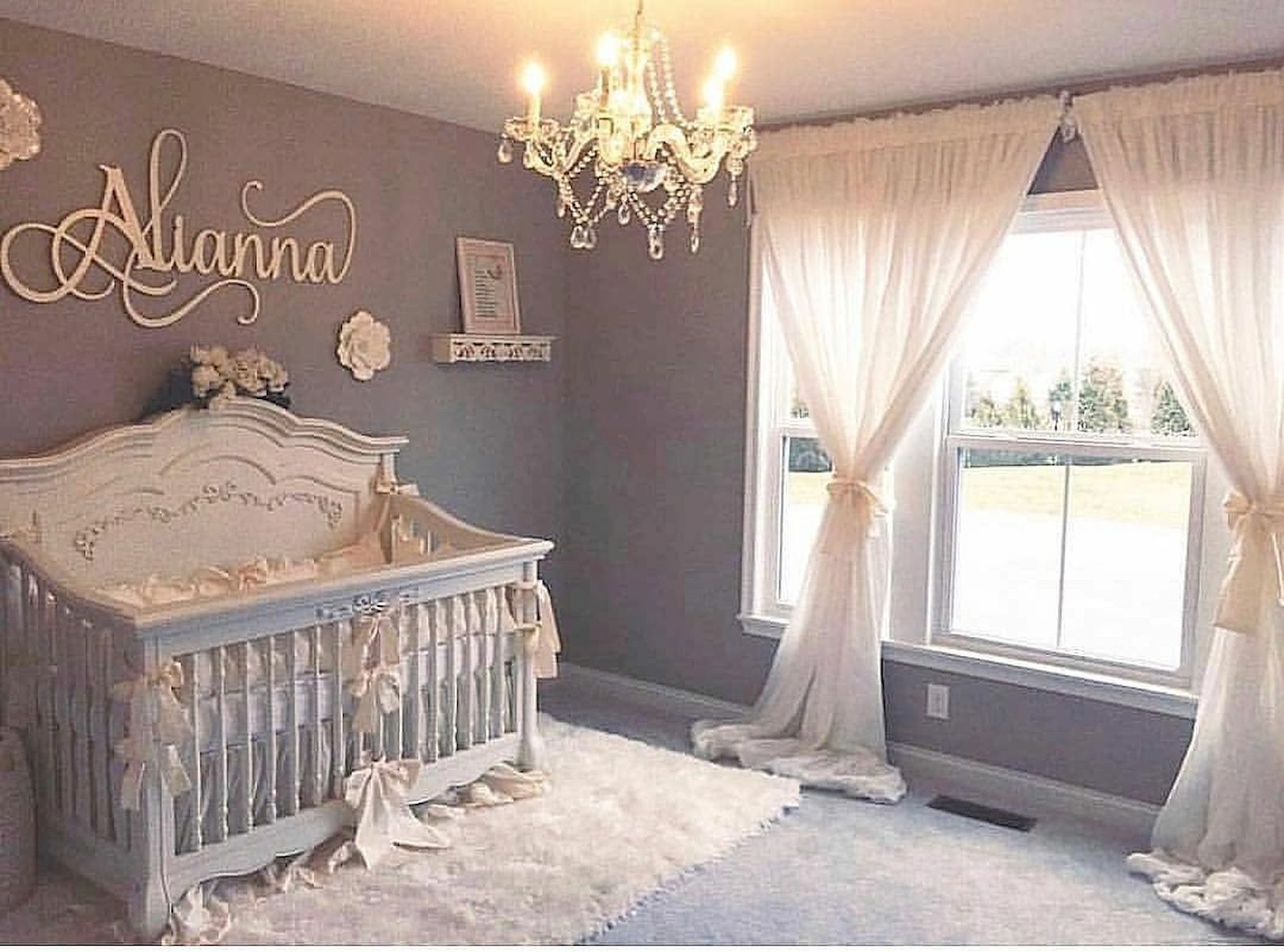Nursery Room Design: Creating a Safe, Stimulating, and Stylish Haven for Your Little One
Designing a nursery is an exciting yet daunting task. It’s the first space entirely dedicated to your little one, a haven where they’ll sleep, play, and grow. This comprehensive guide will walk you through every aspect of nursery room design, from safety considerations to stylish décor, ensuring you create a space that’s both functional and beautiful.
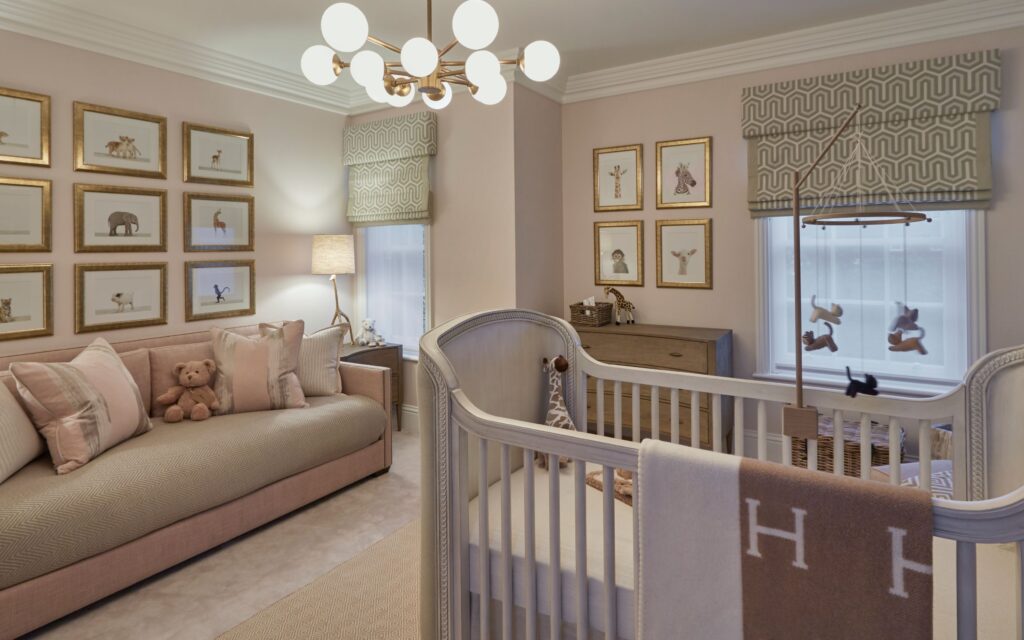
Safety First: Prioritizing Your Baby’s Well-being
Before diving into aesthetics, prioritize safety. A baby’s nursery needs to be a secure and hazard-free environment. Here’s a checklist of essential safety measures:
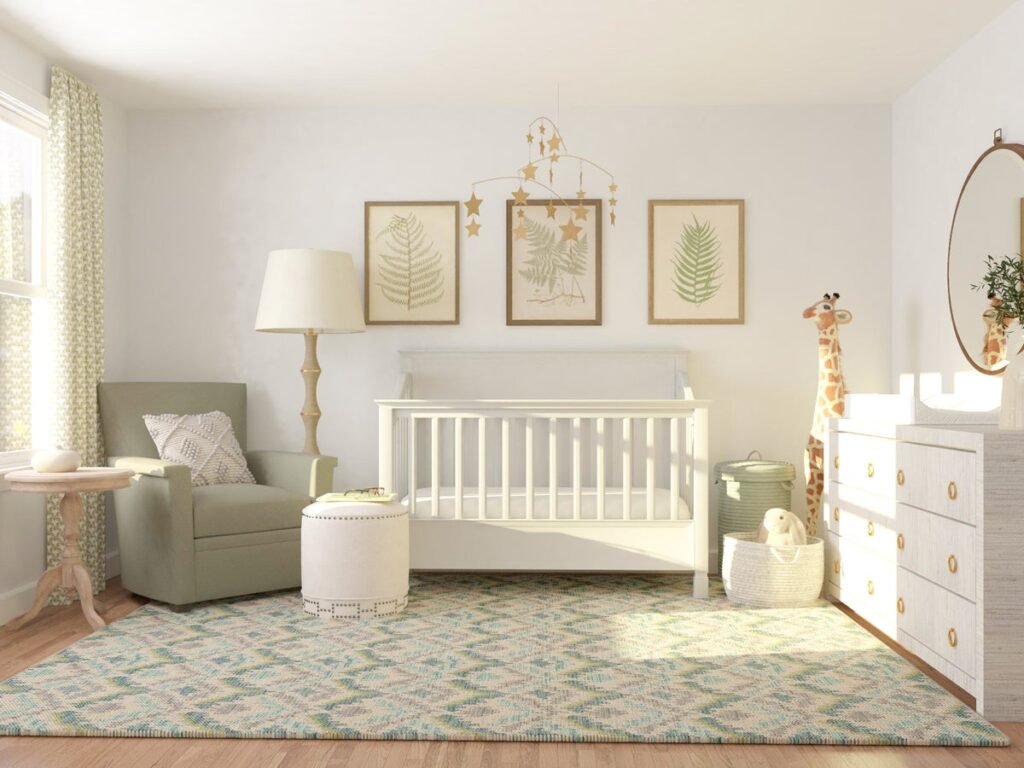
- Cribs and bassinets: Choose a crib that meets current safety standards, ensuring the slats are spaced appropriately and there are no loose parts. Place the crib away from windows, curtains, and cords.
- Changing table: Use a changing table with raised sides to prevent falls. Never leave your baby unattended on the changing table.
- Window coverings: Opt for cordless blinds or shades to eliminate the risk of strangulation.
- Electrical outlets and cords: Cover electrical outlets with safety plugs and keep cords out of reach. Securely fasten any electrical devices.
- Furniture anchoring: Anchor heavy furniture like dressers and bookshelves to the wall to prevent tipping.
- Floor coverings: Choose soft, non-slip flooring materials like carpeting or rugs to cushion falls.
- Temperature control: Maintain a comfortable room temperature, avoiding extreme heat or cold.
- Smoke detectors and carbon monoxide detectors: Install and regularly test smoke and carbon monoxide detectors.
Creating a Stimulating Environment
A baby’s nursery should be a space that encourages development and exploration. Consider these elements to create a stimulating environment:
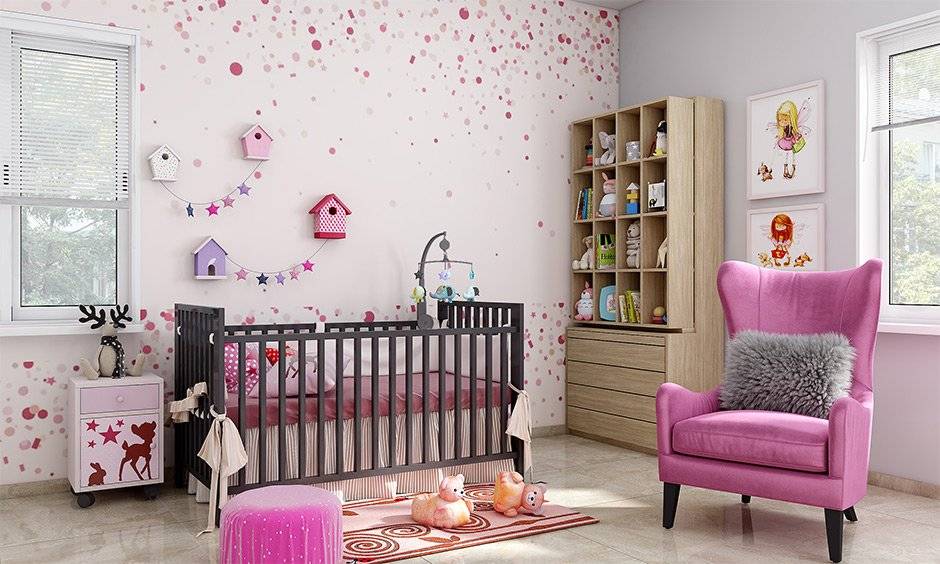
- Sensory stimulation: Incorporate textures, patterns, and colors to engage your baby’s senses. Use soft blankets, textured mobiles, and colorful wall art.
- Play area: Designate a specific area for play, with age-appropriate toys and activities. As your baby grows, this area can evolve to meet their changing needs.
- Natural light: Maximize natural light to promote a healthy sleep cycle and provide a cheerful atmosphere. Use sheer curtains to diffuse bright sunlight.
- Soft lighting: Incorporate soft, dimmable lighting for nighttime feedings and soothing bedtime routines. Consider using a nightlight or a dimmer switch.
- Quiet space: Create a quiet corner for relaxation and reading. This can be a comfortable armchair or a cozy rocking chair.
Choosing a Style and Color Palette
The style and color palette of your nursery should reflect your personal taste and preferences. However, keeping it calming and cohesive is crucial for a relaxing atmosphere. Consider these options:
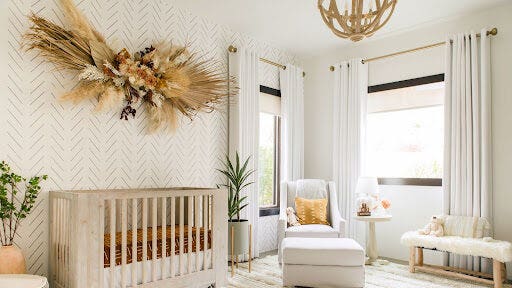
Popular Nursery Styles:
- Modern minimalist: Clean lines, neutral colors, and functional furniture.
- Bohemian chic: Layered textures, natural materials, and warm earthy tones.
- Traditional classic: Elegant furniture, soft pastels, and delicate details.
- Scandinavian style: Light and airy feel, natural wood, and simple designs.
- Rustic farmhouse: Warm wood tones, vintage accents, and a cozy atmosphere.
Choosing a Color Palette:
While gender-neutral palettes are increasingly popular, consider these tips for choosing colors:
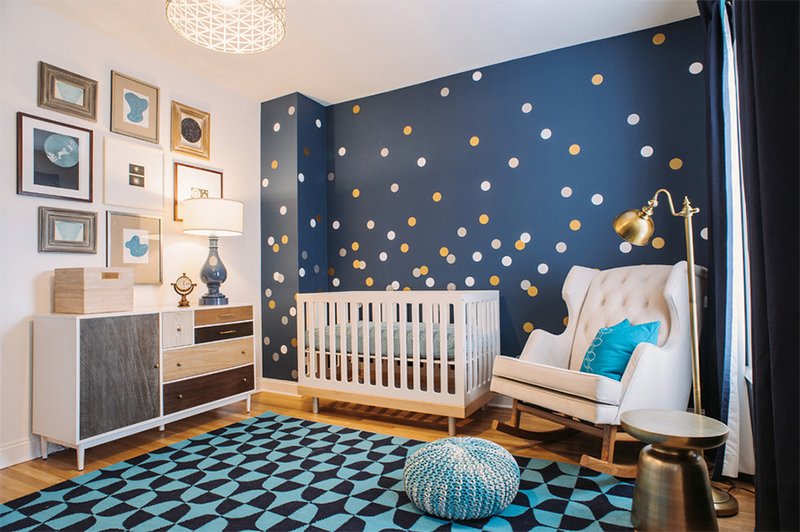
- Calming colors: Soft blues, greens, grays, and pastels are generally calming and conducive to sleep.
- Stimulating colors: Yellows, oranges, and reds can be used sparingly to add pops of color and energy.
- Consider the lighting: The color of your walls can be affected by the lighting in the room, so test paint samples in the actual nursery.
Furniture Selection and Placement
Choosing the right furniture is key to creating a functional and stylish nursery. Consider these essentials:
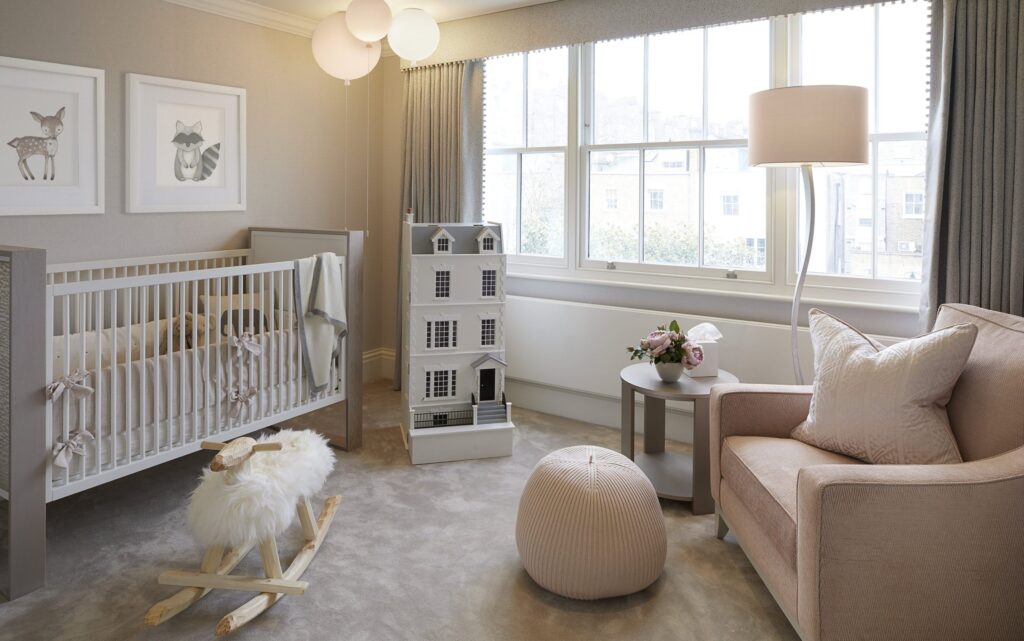
- Crib: The central piece of furniture, choose a crib that fits the room’s size and style.
- Changing table: Choose a changing table with ample storage space for diapers, wipes, and other essentials.
- Dresser or wardrobe: Provide ample storage for your baby’s clothes and other items.
- Rocking chair or glider: A comfortable seat for feeding and soothing your baby.
- Storage solutions: Consider baskets, shelves, and drawers to keep the room organized.
Accessorizing Your Nursery
Accessories add personality and warmth to the nursery. Consider these options:
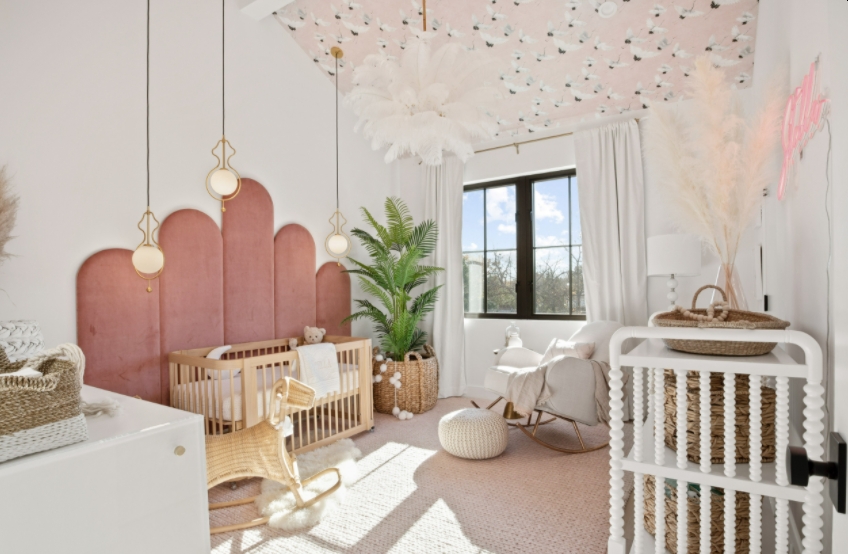
- Wall art: Hang framed prints, canvases, or tapestries that reflect your style.
- Rugs: Add warmth and comfort to the floor. Choose rugs that are soft, durable, and easy to clean.
- Textiles: Use soft blankets, throws, and pillows to create a cozy atmosphere.
- Lighting: Incorporate a variety of lighting options, from overhead lighting to bedside lamps and nightlights.
- Mobile: A charming addition that engages your baby’s senses.
- Storage baskets: Organize toys and other items with stylish storage baskets.
Budgeting for Your Nursery
Designing a nursery can be expensive. To stay within budget, consider these tips:
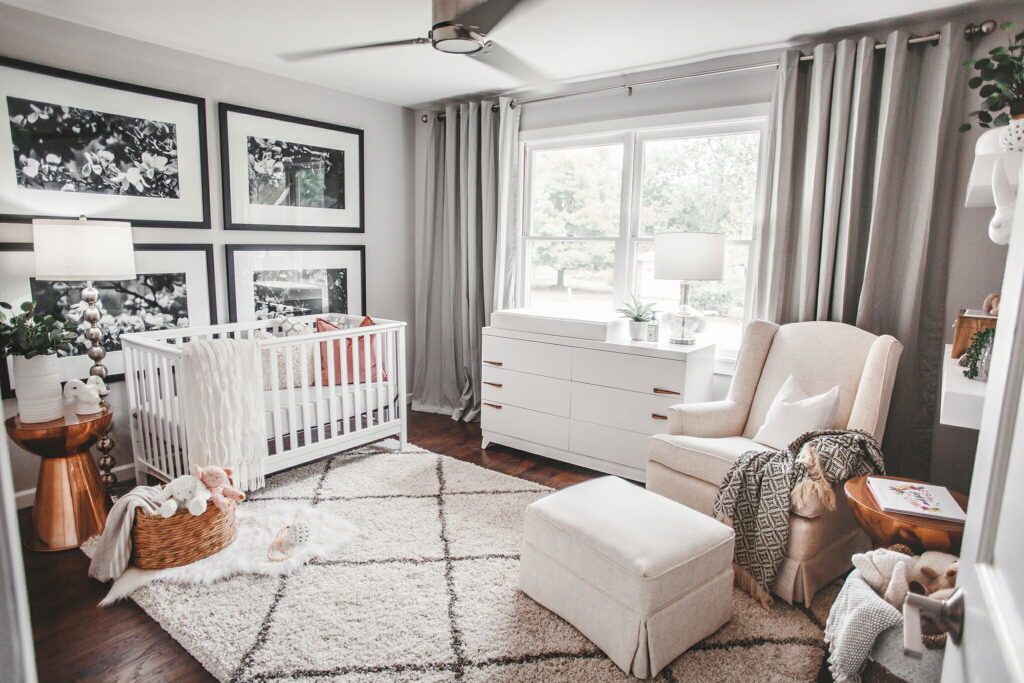
- Prioritize essential items: Focus on the most crucial furniture and safety items first.
- Shop sales and discounts: Look for deals on furniture and accessories.
- DIY projects: Consider making some items yourself, such as painting, creating wall art, or sewing curtains.
- Shop secondhand: Consider buying used furniture or accessories in good condition.
Creating a beautiful and functional nursery is a rewarding experience. By following these tips and incorporating your personal style, you can create a safe, stimulating, and stylish haven for your little one.
